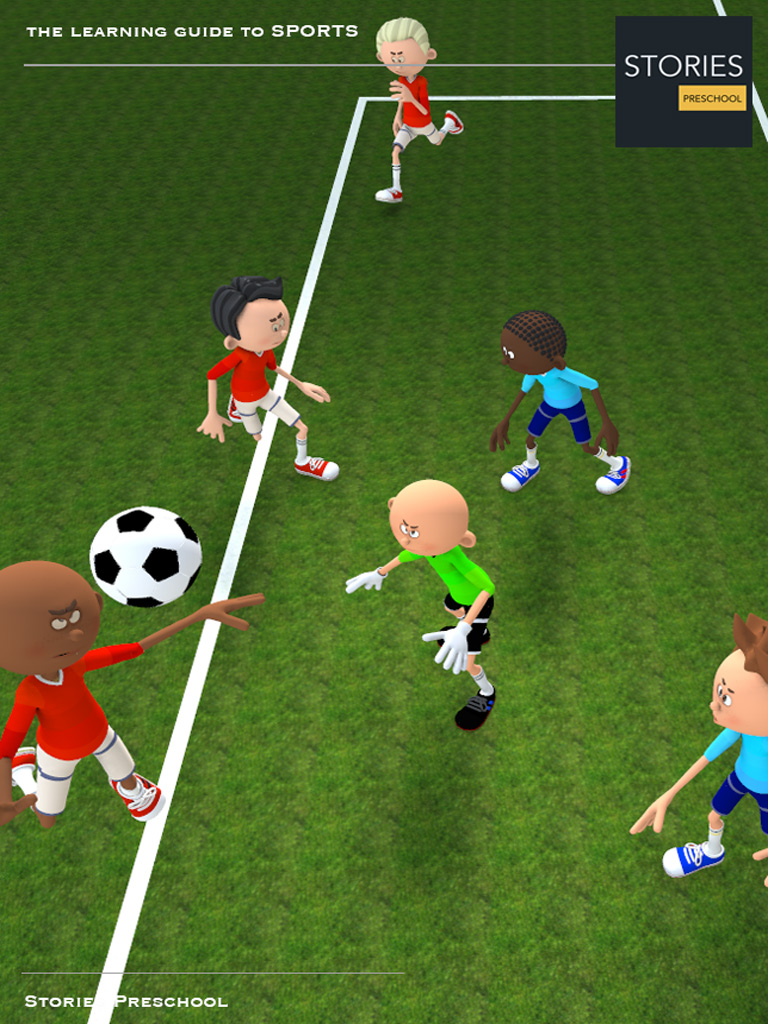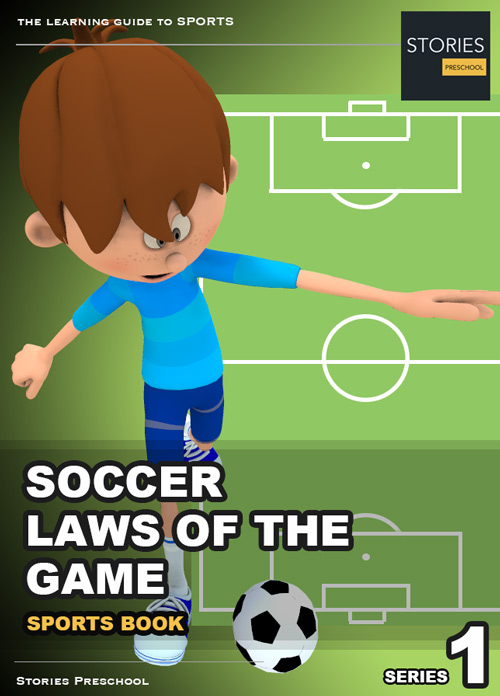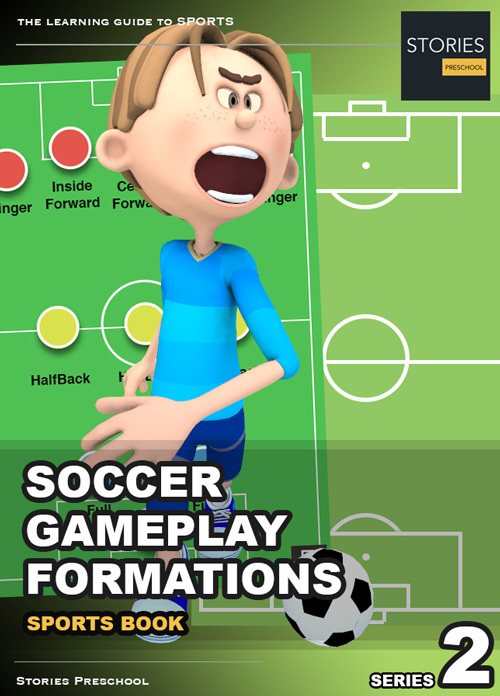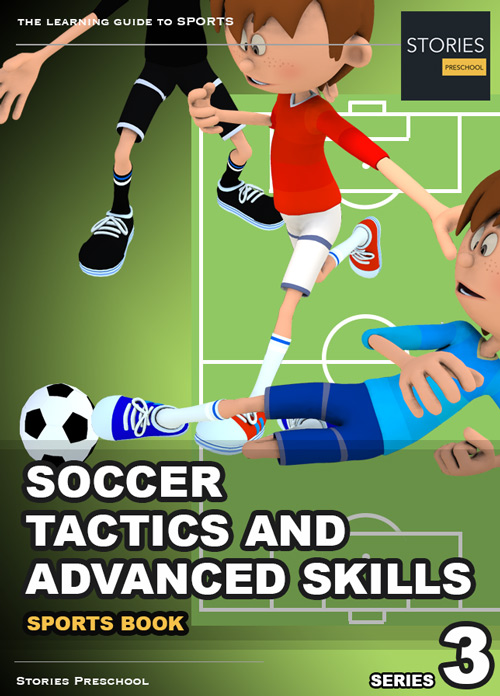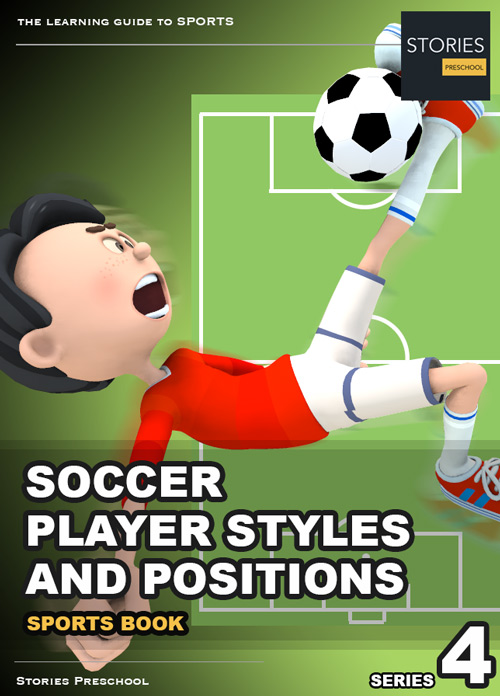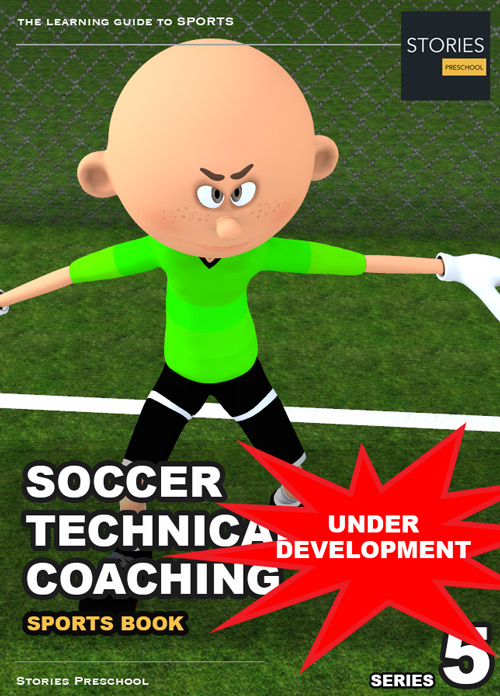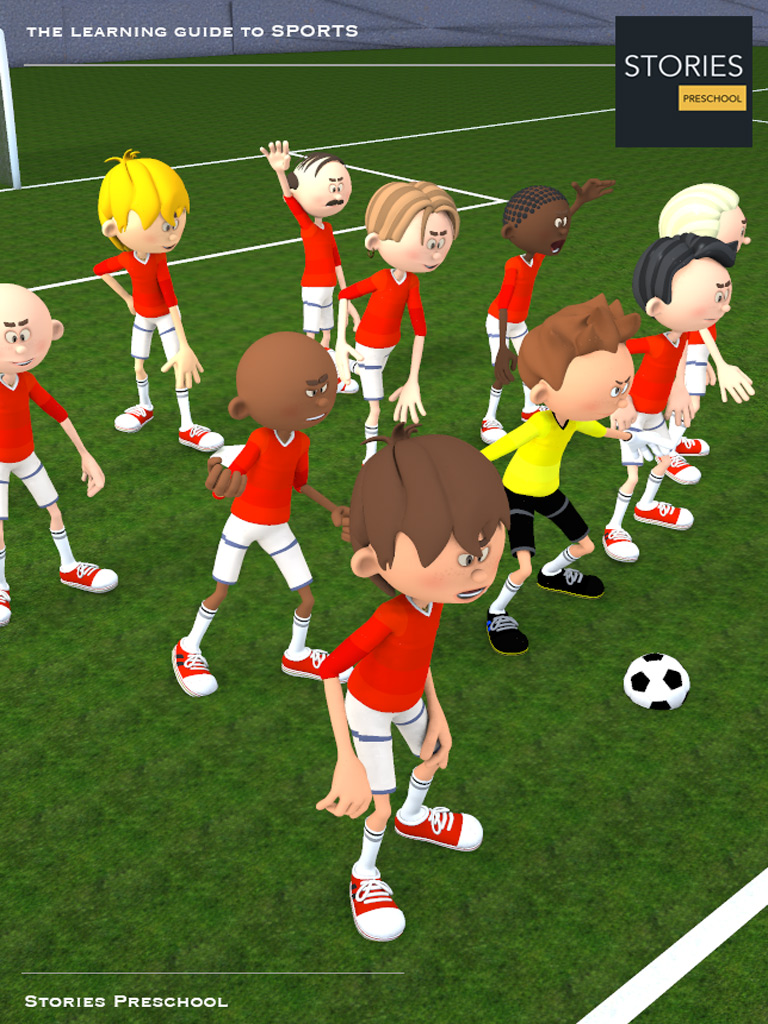Soccer
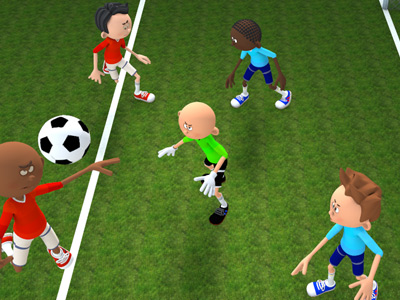
Soccer Indirect Free Kick
An indirect free kick is a method of restarting play in a game of association football. Unlike a direct free kick, a goal may not be scored directly from the kick. The law was derived from the Sheffield Rules that stated that no goal could be scored from a free kick. This law was absorbed into the Laws of the Game in 1877 and later adapted to allow indirect free kicks as a result of dangerous play. An indirect free kick is awarded to the opposing team when a player commits a foul other than a penalty foul (e.g. dangerous play) or infringes certain technical requirements of the laws (e.g. touching the ball a second time following a restart, or the keeper touching the ball with his hands when a teammate has used his foot to pass it back to the keeper). An indirect free kick is also awarded to the opposing team when play is stopped to caution or send-off a player when no specific foul has occurred (e.g. when play is stopped to caution a player for dissenting the decision of the referee). The most common cause is the offside offense.
Unlike a direct free kick, an offense punishable by an indirect free kick does not result in a penalty kick when it occurs in the penalty area; rather, it continues to be taken as an indirect free kick.
Procedure
The kick is taken from where the infringement occurred, unless the offense was committed within the goal area of the team awarded the kick, in which case the kick may be taken from anywhere within the goal area. An indirect free kick within the opposing team's goal area is taken from the goal area line, parallel to the goal line, nearest to where the infringement occurred (i.e. at least 6 yards from the goal line).
The ball must be stationary prior to being kicked. Opponents must remain 10 yards (9.15m) from the ball (and also outside of the penalty area if the kick is taken from within the kicking team's penalty area) until the ball is in play. The exception to this is that opponents may be within 10 yards of the ball provided they are standing on their goal line between the goal posts.
The ball becomes in play when it has been kicked and moves, unless the kick was taken from within the kicking team's penalty area, in which case it is in play once it has passed completely out of the penalty area.
A goal may not be scored directly from an indirect free kick, rather it must be touched by a second player before a goal can be scored. If the ball goes in goal directly from an indirect free kick, a goal kick is awarded to the defending team. As with all restarts of play, if the ball goes directly into the kicker's own goal from an indirect free kick a corner kick is awarded to the opposing team.
The referee indicates an indirect free kick by raising his arm above his head until the kick has been taken and ball has touched another player other than the kicker or has gone out of play.
Infringements and sanctions
If, when a free kick is taken, an opponent is closer to the ball than the required distance:
- the kick is retaken
If, when the free kick is taken by the defending team from inside its own penalty area, the ball does not travel directly out of the penalty area into the field of play:
- the kick is retaken
- Free kicks taken by a player other than the goalkeeper
If, after the ball is in play, the kicker touches the ball again (except with his hands) before it has touched another player:
- an indirect free kick is awarded to the opposing team, the kick to be taken from the place where the infringement occurred
If, after the ball is in play, the kicker deliberately handles the ball before it has touched another player:
- a direct free kick is awarded to the opposing team the kick is to be taken from the place where the infringement occurred
- a penalty kick is awarded if the infringement occurred inside the kicker's penalty area
- Free kick taken by the goalkeeper
If, after the ball is in play, the goalkeeper touches the ball again (except with his hands), before it has touched another player:
- an indirect free kick is awarded to the opposing team, the kick to be taken from the place where the infringement occurred
If, after the ball is in play, the goalkeeper deliberately handles the ball before it has touched another player:
- a direct free kick is awarded to the opposing team if the infringement occurred outside the goalkeeper's penalty area, the kick to be taken from the place where the infringement occurred
- an indirect free kick is awarded to the opposing team if the infringement occurred inside the goalkeeper's penalty area, the kick to be taken from the place where the infringement occurred
SPORTS
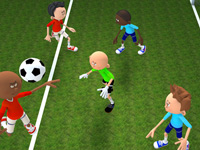
RESOURCES
This article uses material from the Wikipedia articles "Association football" and "Indirect free kick", which is released under the Creative Commons Attribution-Share-Alike License 3.0.
© Stories Preschool. All Rights Reserved.
